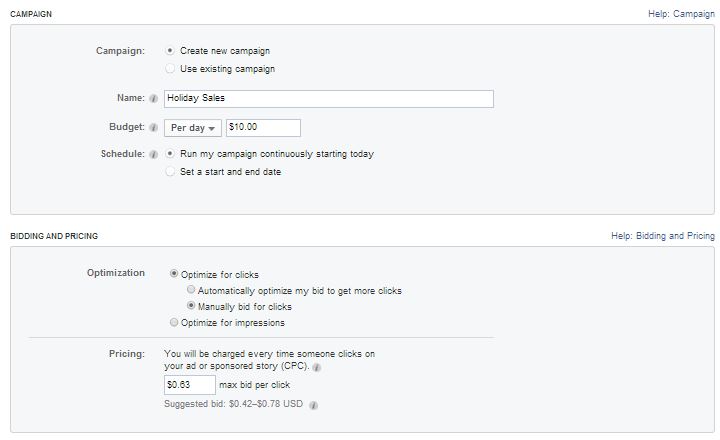![MP900289528[1]](https://dsef.org/wp-content/uploads/2014/02/MP9002895281-200x300.jpg) Whether you are a seasoned direct sales leader in your company with a large downline or are just starting out as a consultant, it helps to adopt the qualities of an effective leader. For existing leaders, possessing these characteristics can help you maintain a profitable business. For direct sales novices, strengthening your leadership skills will improve your customer service as well as prepare you for any future aspirations you have for a leadership position within your company. Here are our top ten tips for being a good leader.
Whether you are a seasoned direct sales leader in your company with a large downline or are just starting out as a consultant, it helps to adopt the qualities of an effective leader. For existing leaders, possessing these characteristics can help you maintain a profitable business. For direct sales novices, strengthening your leadership skills will improve your customer service as well as prepare you for any future aspirations you have for a leadership position within your company. Here are our top ten tips for being a good leader.
- Put people first. It isn’t always about the money. Putting people first is not only the right thing to do, but in the long run, it will contribute to your developing a good reputation as a reliable, trustworthy business person. For example, a consultant doing a home party booked several future parties with the incentive for those potential hostesses to have their own parties within the next three months. In doing so, the present hostess was able to receive a bonus in her rewards. When one of the potential hostesses had to back out due to a conflict, the consultant had to choose between rescinding the bonus for the original hostess or work to re-book the lost party. She decided it would be better for her business in the long run if she thought about her customers first; she kept her word, rewarded the bonus, and gained a loyal customer.
- Work cooperatively with others. In any sales career, you will likely interact with all different kinds of people. It is important to find common ground and cooperate to maximize your productivity. This goes for customers and colleagues alike, and it sets a good example for those in your downline.
- Maintain high positive energy. It’s normal to feel stressed or burned out once in awhile, but maintaining a high level of energy and positivity will work wonders for your own morale. Remind yourself why you started your business, what you love about it, and why you want to continue. Be your own best cheerleader; it will go far in helping to motivate others looking to you for guidance.
- Set clear goals. Any goals dealing with your business should be clear, specific, and challenging but realistic. Setting a goal “to make enough money to quit my full time job” is well-intended, but it could set you up to fail. It makes no mention of just how much money that would require or the timeframe involved to complete it. Decide exactly what you want and how you will go about achieving your goal to set yourself up for success.
- If you can’t measure it, don’t do it. Trying to accomplish a goal with no concrete way of measuring its completion will only bring you a lot of frustration. Part of what keeps us motivated is the knowledge that we are heading in the direction of accomplishment, but if you don’t know exactly what that looks like, then how will you know when you get there?
- Share your power with your people. Have you ever seen a movie you enjoyed so much that you can’t wait for your friends to see it too? That feeling of wanting others to share in your enthusiasm should play a big role in your business. You’ve mastered a certain set of skills that are bringing you great success; share how you do it with others. People under your leadership want to learn.
- Lead with action more than words. If you tell people one thing, but do another, you will lose your credibility. Words mean nothing when accompanied by actions that don’t match. Do what you say to earn and keep others’ trust in you.
- Use common sense. This is especially important when faced with a difficult decision. In the example of the consultant mentioned above, she was well within her rights to rescind her original hostess’s bonus. However, common sense told her that this would be unfair to the hostess who would likely express her frustration to her friends who were at the party. By following common sense, she avoided a tense situation and gained a loyal customer.
- Keep it simple, and don’t sweat the small stuff. When things get complicated, break them down into simple terms. There will always be obstacles, but be sure to pick your battles and don’t get bogged down with trivial things.
- It’s business, but make it fun! The wonderful thing about a career in direct sales is the flexibility it brings in allowing you to make the business your own. Add your own personal flair to your sales pitch, your professional development workshops, and your opportunity presentations. Find what makes you happy and integrate the fun stuff into your business. Your enjoyment will rub off on those around you.
Taking on a leadership role may or may not come naturally to you, but adopting certain qualities will definitely improve your effectiveness. What do you think of our list? Would you add anything else? Please share your ideas below!






![MP900444069[1]](https://dsef.org/wp-content/uploads/2014/01/MP9004440691-300x211.jpg)

















